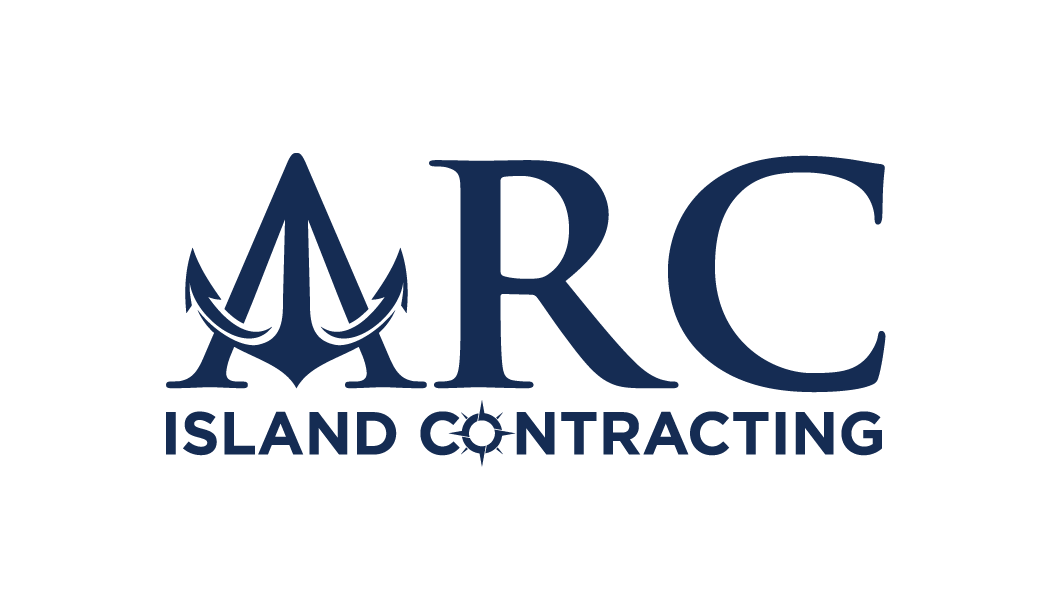What’s In a Roofing Estimate?
Thinking about getting a new roof in 2015? One of the things that may be holding you back is the fear of the price tag that goes along with all of the shingles, underlayment, and contracting labor. A lot of times people don’t understand what all goes into the estimate. Let’s clear some of that up. Here are some of the things that are included in your project’s estimate and factors that are used to determine the final price.

Roof Type & Size
The first think roofers do is take an accurate measurement of your roof. Since most roofing materials aren’t sold in square feet, they have to convert their measurement. To do this find the square footage and divide that number by 100. This is called a roofing square.
Also take into consideration the style of roof your home has. Different roof types require different materials and may take longer to finish. Roof types that have a lot of hips and valleys are generally harder to roof. Other roof elements that can make installation more difficult include: dormer windows, vent covers, chimneys, and skylights.

Pitch & Slope
The steeper your roof surface, the more materials you will need to cover it. If your roof is especially steep, extra safety measures may need to be taken in order to work on it, adding to the total cost of the project. Another thing to note with steep roofs is that different pitches require different underlayment systems.

Adding a Layer vs. Roof Stripping
Some roofing projects allow for the contractor to just add a new layer of roofing material over the current one without a problem. This option is cheaper but may not be possible. Depending on how many layers are already on your home and the overall roof condition, you may have to strip off the existing materials first.
If there are already 3 layers on your roof, your contractor will need to completely strip your roof before applying the new materials. If this is the case, you should consider the extra labor costs along with the cost of disposal of old materials into your budget. The heavier the roofing material, the more expensive it will be since it will be more difficult to remove and disposal costs are determined by weight.
Materials & Components
This is an obvious element. Some roofing materials are more expensive than others. The entry level product that will get you the most savings will be asphalt shingles. For mid-range projects consider concrete and clay tiles. If you’re looking for a high-end roofing material look at wood shake, metal roofing, and slate shingles. Not only are the materials more expensive as you go up the scale, labor costs will be higher as you go up since different installation methods are needed for different materials.
Access
Ease of access plays a role in your contractor’s final estimate. If your roof is difficult to access it may mean additional equipment needed. This also includes if you have a multiple story house. The easier your roof is to access, the less time and material it takes to get the job done making your overall bill a little cheaper compared to other homes.
Local Climate
The climate that you live in determines some of the required roofing materials. Extreme heat, heavy snowfall, and strong winds are all elements that require special materials to combat the potential damage.
Of course this isn’t an extensive list, but gives you a general idea of what factors are all considered when a contractor is writing up your home’s estimate. Remember that there are other miscellaneous costs to consider.
Call ARC Contracting for your roofing estimate and know that you’re getting the best service out there.
